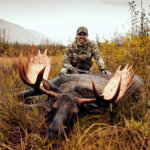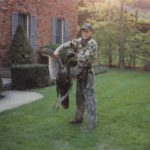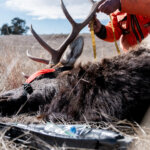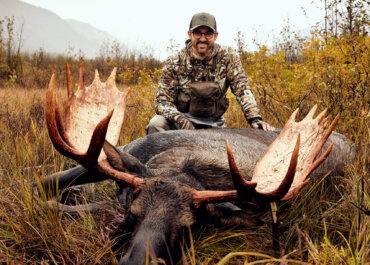I felt like I was always a step behind the waterfowl. Less-than-ideal weather during every trip was putting a damper on the hunts. Parts of hunts had been great, but I couldn’t help but feel like I had a lot of ground to make up. I still had twenty-three species left to take for a successful North American Waterfowl Slam. Before I started this challenge, I thought I’d be much closer to forty-three by this point. But what better way to break an unlucky streak of poor weather than a duck hunt down south in the warmer climate of Sonora, Mexico?
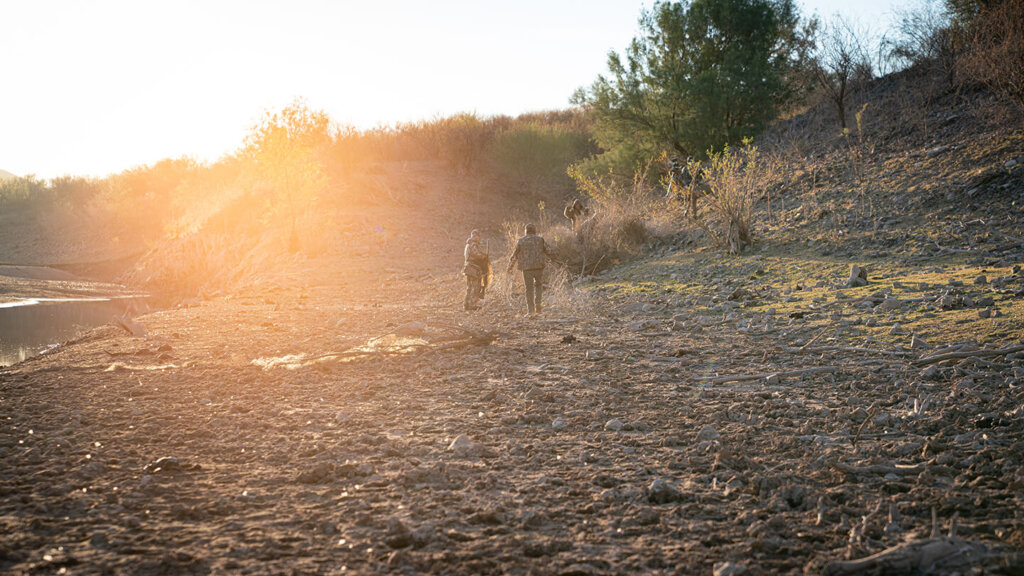
This trip to the northern state of Sonora put me there a month or more earlier than waterfowl hunters traditionally visit. We planned it around a single bird—one of the toughest North American waterfowl species to find—the Fulvous Whistling Duck. This was our primary target for the hunt, and our Sonora trip would only be considered a success with the Fulvous Whistling Duck checked off the list. Although I planned to harvest more species, I wasn’t sure if I’d have another opportunity to take the Fulvous Whistling Duck during our future trips. Depending on the year, they are usually in Sonora around the first of December. The small lakes and ponds around Sonora are a Pacific Flyway hotspot for ducks flying south from Canada and the United States. My secondary objective was to check as many other species off the list as possible while hunting the Fulvous Whistling Duck. Specifically, I hoped to find Green-winged Teal, Blue-winged Teal, and the elusive Cinnamon Teal. We also expected to find flocks of colored-up drake Northern Pintails. After enduring wet, cold, and windy weather during our four previous trips, Dad and I were really looking forward to no rain and temperatures in the eighties in Sonora.
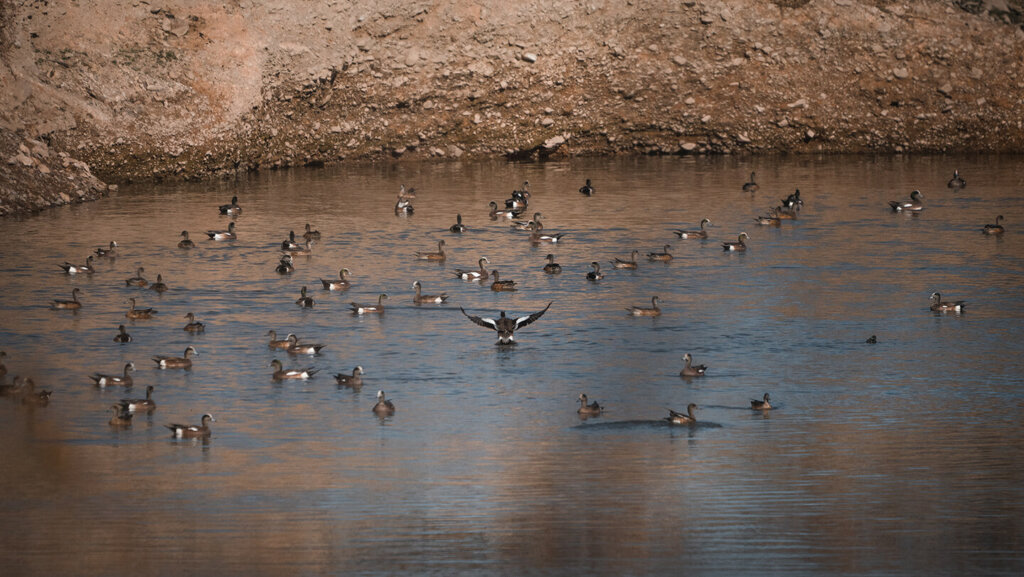
Although Sonora hadn’t suffered from snow, ice, and rain like our other hunting destinations, it was experiencing an extremely dry year. In fact, Sergio and his dad both said there had been no recorded rain since our previous visit in February. We soon learned what ten months without rain does to northern Mexico’s lakes. Our normal routine for duck hunting with Sergio and his father is to set up in blinds on small fingers that branch off of larger lakes. The blinds are constructed from natural materials and are typically located just inside the brush and small trees surrounding the fingers. Decoys are placed out in front of the blinds. Overhead concealment is good, as incoming ducks don’t generally fly directly overhead. They usually hear the calls, see the decoys, cup their wings, and come in.
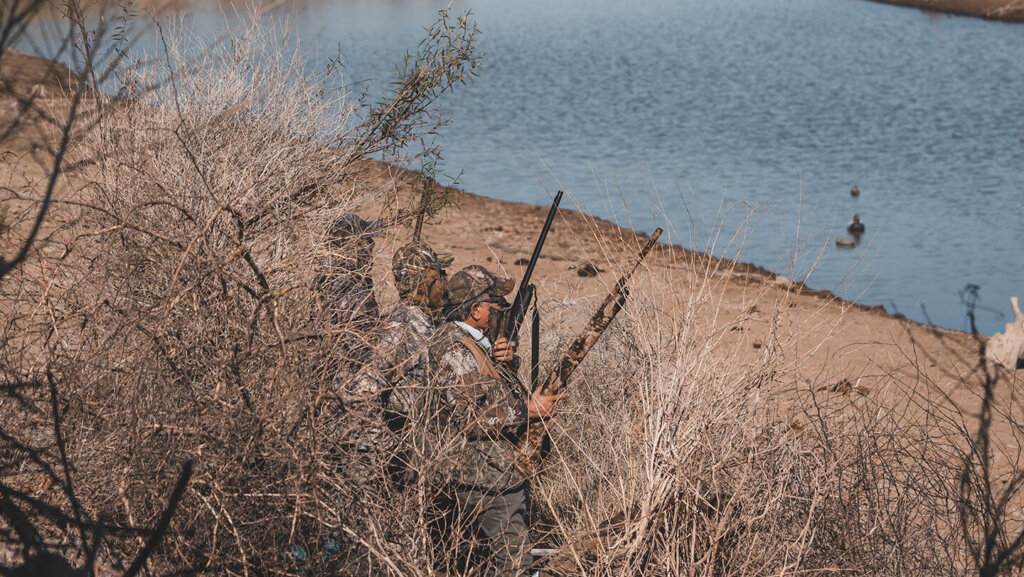
We went to a reservoir about thirty miles south of Hermosillo for our first duck hunt. When we arrived at our morning’s blind, we saw just how low the water was. Most fingers of the reservoir had essentially dried up and were not huntable. A larger finger available to us was only about twenty-five feet wide. During years when the drought isn’t so severe, the finger is much wider than that. Because the water was so low, the blinds couldn’t be set up on the edge of the natural cover—there was a good distance between the water and the brushy edge where blinds are usually concealed. That meant our blind, made of dry shrub brush that came up four or five feet on each side, had to sit exposed in the open in order to get close enough to the decoys. I was in the blind with Dad, Sergio Sr. and our camera guy, Jesse. Our other camera guy, Justin, was concealed back in the trees and brush about seventy-five yards away.
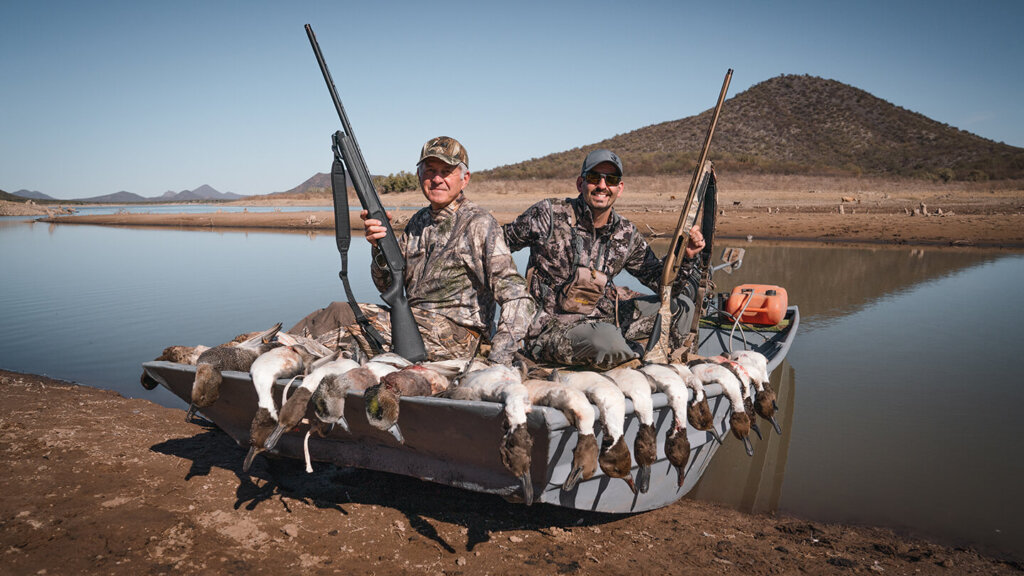
The ducks, mainly Pintails and Wigeons, were flying by the thousands. The large flocks had too many eyes on us and didn’t come in. Smaller groups of two to four birds made the mistake of setting their wings. We took a good bunch of Pintails and Wigeons, but it wasn’t like a typical Sonora duck hunt where we’d head back to the lodge with bruised shoulders from all the shooting. One of my ducks was a mature colored-up drake Pintail that checked number twenty-one off the list. (I shot an immature pintail that hadn’t developed color in Cold Bay, Alaska, but I did not count it toward my Slam total.) I also shot a colored-up Redhead drake before the hunting slowed to a point where we decided to call it a hunt and pick up. Before we left, I did a spot-and-stalk hunt around the corner from our blind. I added a couple more ducks to the bag—and one of those was number twenty-two, a Coot. Nobody talks about the excitement of Coot hunting. Most waterfowl hunters simply ignore them, but I needed one for my Slam. I didn’t hurt Sonora’s Coot population very much, as there were at least a thousand in that group.
Lorem ipsum dolor sit amet, consectetur adipiscing elit. Ut elit tellus, luctus nec ullamcorper mattis, pulvinar dapibus leo.
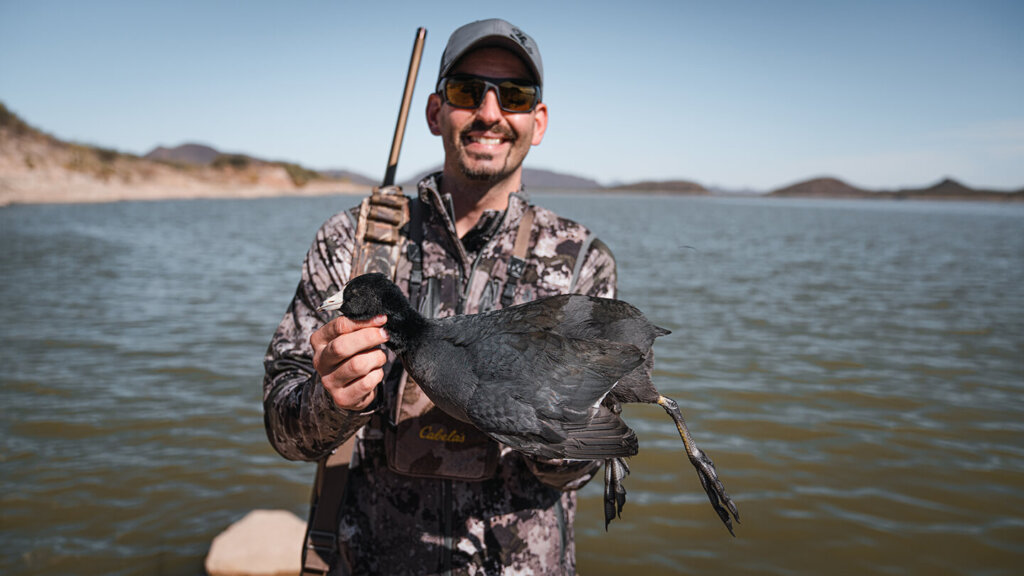
For day two’s hunt, we went to a large lake that borders the city of Hermosillo. Water is pumped to this lake in order to supplement the aquifer that the residents of Hermosillo use for drinking water. Sergio and his father told us that this lake was as low as they could remember due to the extended drought. Most of the fingers and channels were completely dry. There was no water whatsoever where they would normally have hunters set up. To make hunts work, they used small dugouts rather than traditional shrub-brush blinds. These dugouts were on a ten-foot-wide channel about a hundred to 150 feet from the main lake. The big flocks of waterfowl stayed out on the lake—but stray singles and doubles came within shooting range. The action was fast. I took a Green-winged Teal and a Northern Shoveler, checking numbers twenty-three and twenty-four off my Slam list. We ended up with a mixed bag of Shovelers, Green-winged Teal, Wigeons, and Pintails. By late morning, it was obvious that most of the teal were stopping short and peeling off before they got to our dugouts. I still needed a Blue-winged and a Cinnamon. We changed things up and had Jesse move into my dugout to film as I crept up closer to the lake and hid in some tangled branches. The tactic worked. I dropped more teal—but they were all Green-winged. I was hopeful that the next day I’d get into some Blue-winged and Cinnamon Teal.
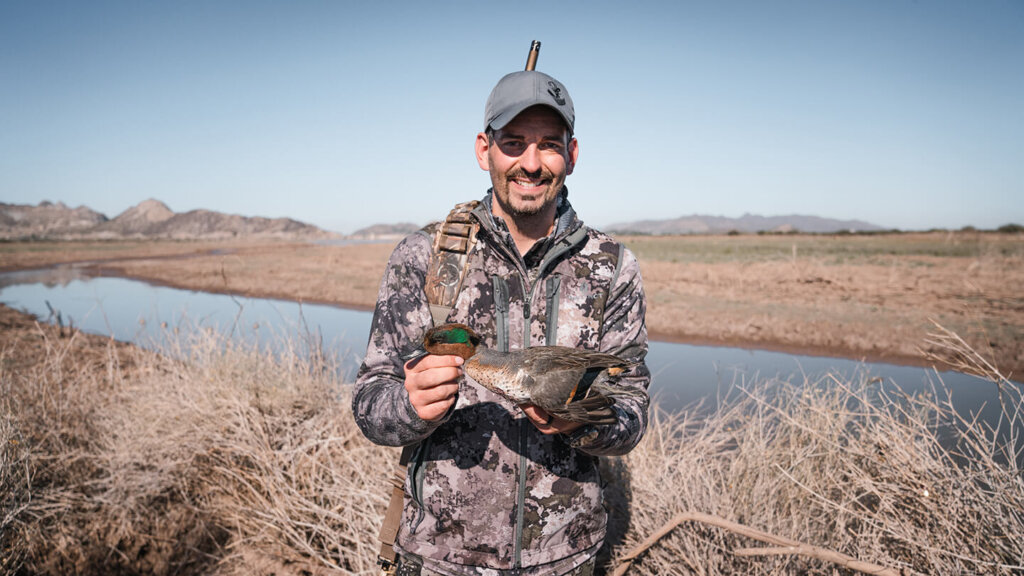
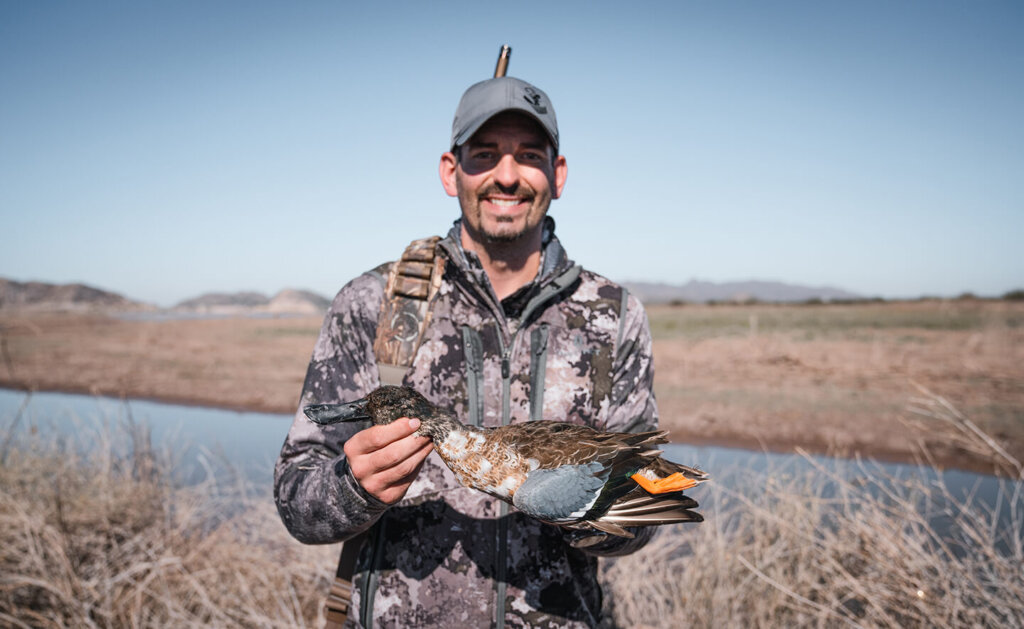
We were all set for a Pacific Brant hunt on the Sea of Cortez the next morning. It was a two-hour drive straight west from Hermosillo to the hunting spot. Sergio and his dad had permission to hunt on coastal Seri Indian land, directly across from Mexico’s largest island, Tiburon Island. The Seri Tribe owns the island and does a phenomenal job of managing the wildlife there. If you’re familiar with sheep hunting, you might recognize Tiburon Island as the preferred destination for desert sheep thanks to a remarkable success rate. We parked and walked about a mile to the shore. Sergio’s men dug five pits in the sand, each less than fifteen feet from the water’s edge. Jesse was filming from one of the pits and Justin was behind us filming with a long lens. Decoys were put in place. We had camo on, but nothing overhead to cover us. The sand pits were just deep enough that the silhouettes of our bodies were hidden. We didn’t have to wait long to have one of the best waterfowl hunts I have ever been on. The brant would see the decoy set from one hundred or more yards out, set their wings, and fly twenty feet over the decoys. It was so much fun! We added a few Redheads and Mergansers to the brant. In less than two hours, we had our limit of brant and our hunt was over for the day. We ate lunch at a seaside café in the village of Kino Bay. We took our time and explored the village, beach, and a couple nearby ranches that Sergio and his dad hunt for desert sheep and mule deer.
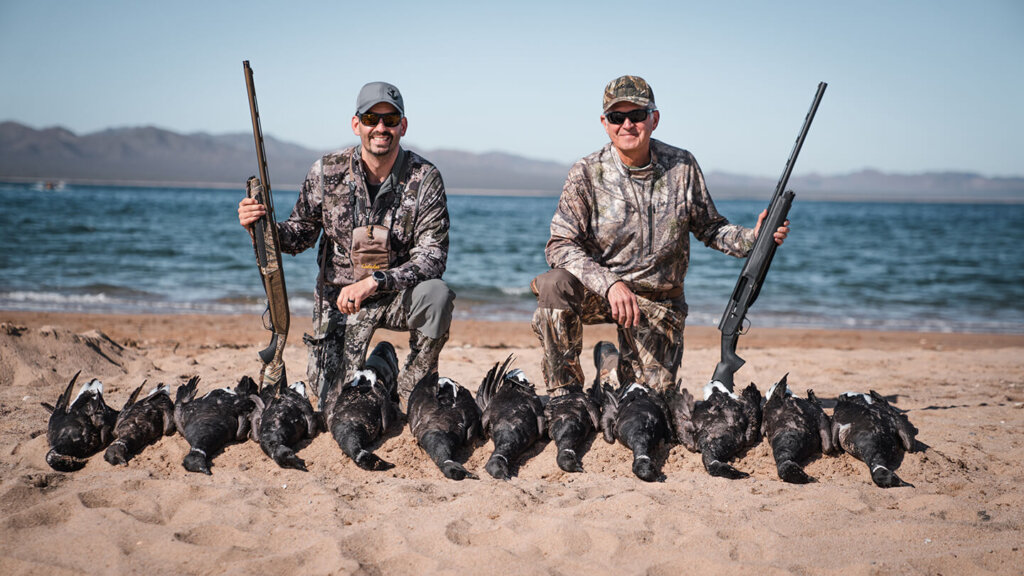
Back at the lodge that night, the drought ended with a long, steady downpour all night long. We crossed standing water on the lawn as we went to an early breakfast the next morning. It was cloudy and we were going back to the reservoir we had hunted the first day. I had high expectations for the hunt—but to our surprise, few ducks were in the air. With the rain and cloudy weather, they were hunkered down someplace, possibly fields or cropland. We did have a few shots and got a mixed bag of Pintail and Gadwall, and I shot my second Black Duck of the year. When we were picking up ducks, Dad got excited. I looked up to see him smiling ear to ear, holding a banded Gadwall. I started to congratulate him and he started to laugh. He handed it to me and said, “It was yours—I saw it fall.” That Gadwall was my first-ever banded duck. What an unexpected, exciting bonus to that morning’s hunt!
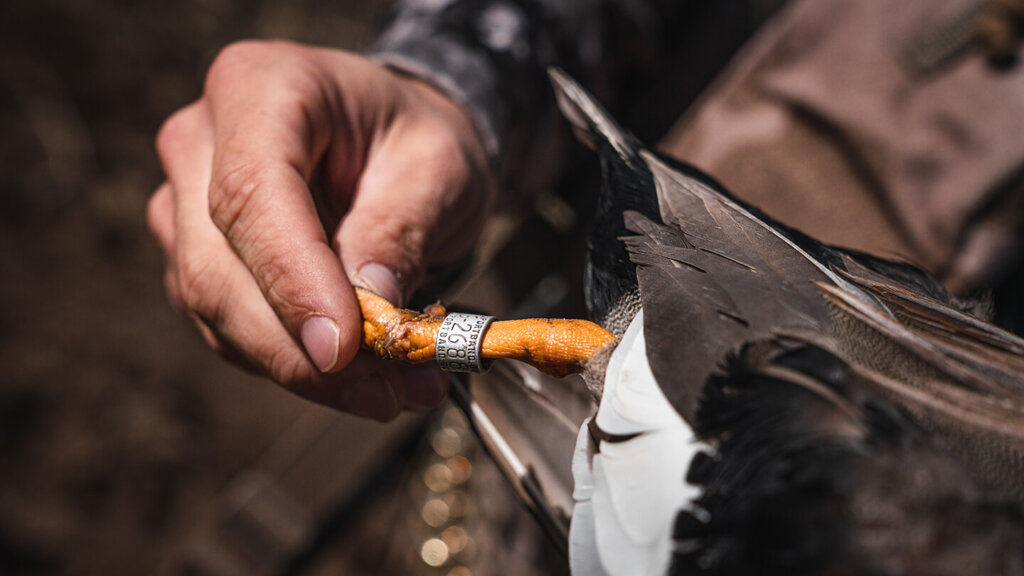
After we got our ducks picked up, I decided to take the boat and try some jump shooting for Ring-necked or other ducks. While I was gone, Dad and Sergio’s father walked three hundred yards up the shore to a rocky point where they hid behind some big rocks. They didn’t put any decoys out, so if any ducks came by, it would be a quick passing shot. My hunt from the boat was not successful—but after about forty-five minutes, a pair of Ring-necked flew by Dad, and he dropped an absolutely gorgeous drake. This was the first Ring-necked taken on our Slam hunts.
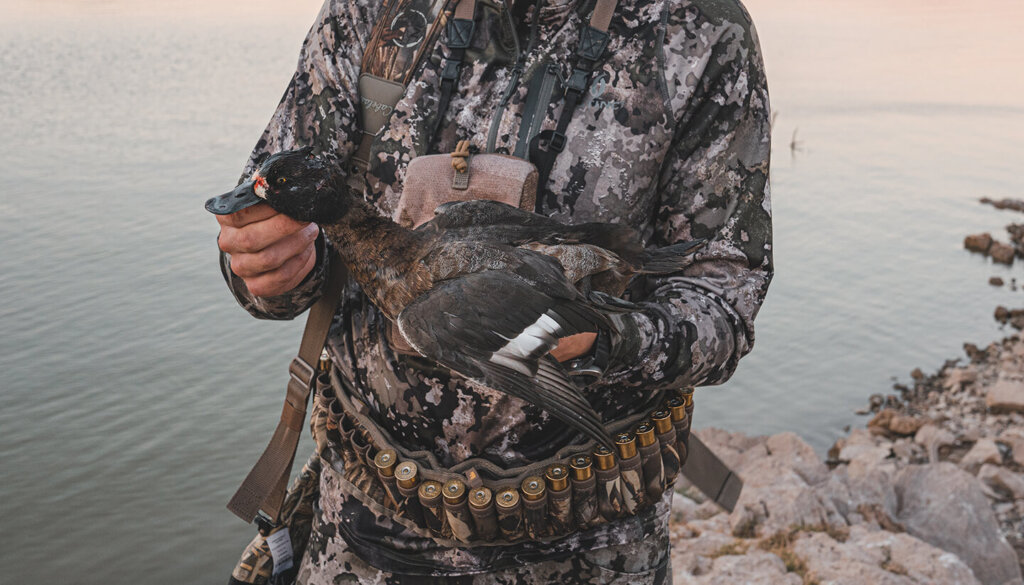
That night, back at the lodge, we talked about the banded Gadwall and our successes and failures during this trip. We were leaving early the next afternoon, but would still have plenty of time for a morning duck hunt. Three of the target ducks I was after in Sonora were either not here, or we couldn’t find them. The drought had more than likely pushed them farther south. Still, that night I remained hopeful that the next day’s hunt would produce a Blue-winged Teal, a Cinnamon Teal, and a Fulvous Whistling Duck.
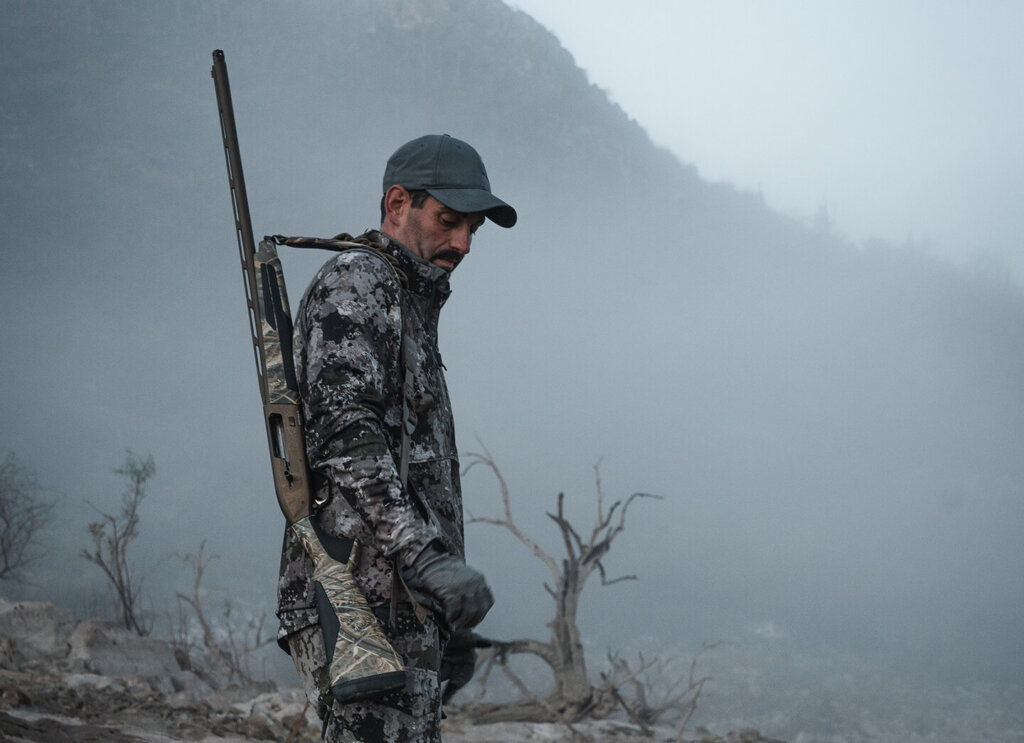
For our last hunt in Sonora, we went back to the reservoir again. It was extremely foggy. I decided to go with the better odds and concentrate on taking a Ring-necked rather than hold out hope for the other two target species, which probably weren’t in the area. I went to the rocks on the point where Dad had found success the previous day and put out three decoys. Soon after, three Gadwalls appeared out of the fog, and I dropped them. Later on, a group of Ring-necked flew in, and I dropped a drake—number twenty-five on the Slam list. With the ice now broken, I was able to drop two additional Ring-necked. The first one is always the hardest!
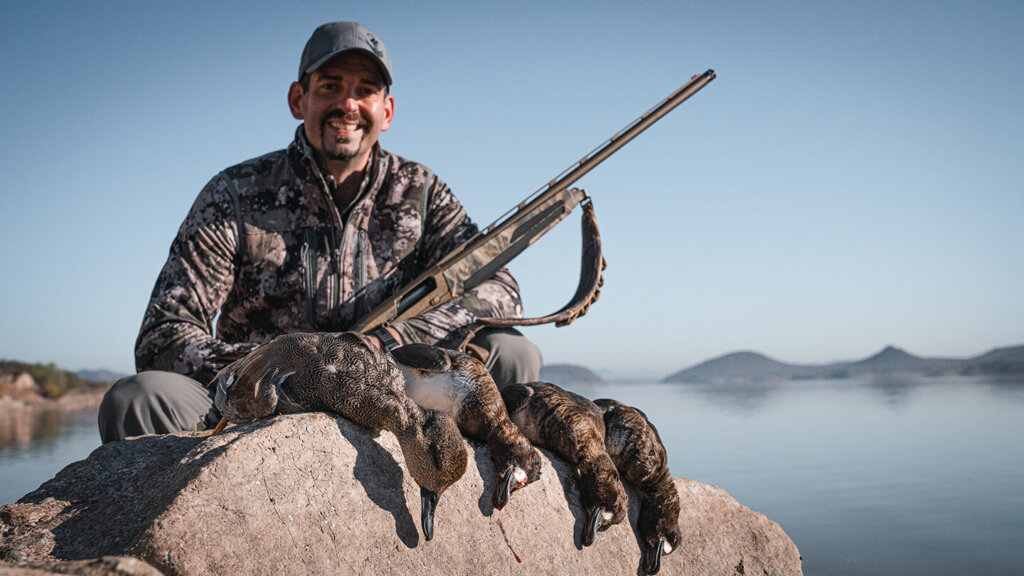
Back at Sergio’s lodge, we did a quick pack-up, said goodbye to our friends, and went to the airport. We were headed for our next destination on the quest for the Waterfowl Slam: Arkansas. Although I had checked five species off the list, I didn’t get my primary target, a Fulvous Whistling Duck. I had also hoped to have a Blue-winged Teal and a Cinnamon Teal by this point in the Slam. I was happy to have harvested three Ring-necked, however, as they could have been difficult to get down the road. I was also excited to have my first banded duck with the Gadwall I had taken the morning after it rained. I left Sonora feeling that it had been nice to hunt decent weather, but Mother Nature was certainly not making things easy, since the drought had pushed some of my target species farther south. I was past the halfway point at twenty-five of forty-three species, but I knew I had some tough birds to get during my upcoming hunts.


